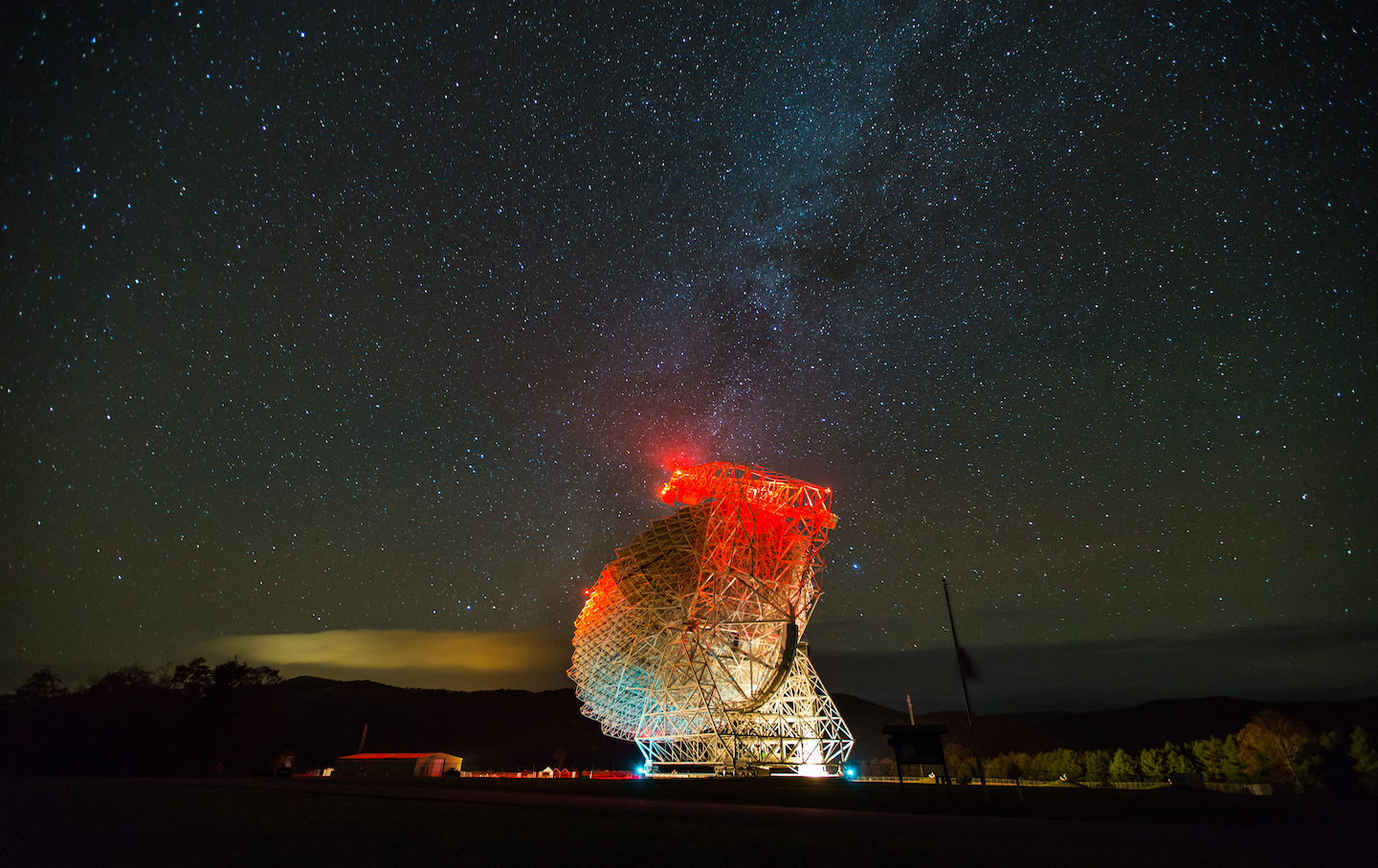
Train horns may still be used in emergency situations or to comply with other Federal regulations or railroad operating rules. In a quiet zone, railroads have been directed to cease the routine sounding their horns when approaching public highway-rail grade crossings. The final rule also provides an opportunity for localities nationwide to mitigate the effects of train horn noise by establishing “new quiet zones.” “No horn” restriction which may have existed prior to the establishment of the rule may be qualified to be “pre-rule quiet zones”. The minimum sound level remains 96 decibels. The maximum volume level for the train horn is 110 decibels which is a new requirement. The rule does not stipulate the durations of long and short blasts. The pattern must be repeated or prolonged until the lead locomotive or lead cab car occupies the grade crossing. Train horns must be sounded in a standardized pattern of 2 long, 1 short and 1 long blasts. There is a "good faith" exception for locations where engineers can’t precisely estimate their arrival at a crossing and begin to sound the horn no more than 25 seconds before arriving at the crossing. If a train is traveling faster than 60 mph, engineers will not sound the horn until it is within ¼ mile of the crossing, even if the advance warning is less than 15 seconds. Under the Train Horn Rule (49 CFR Part 222), locomotive engineers must begin to sound train horns at least 15 seconds, and no more than 20 seconds, in advance of all public grade crossings. Railroad Rehabilitation & Improvement Financing.Competitive Discretionary Grant Programs.

Accident Data & Reporting, Investigations.Railroad Crossing Safety & Trespass Prevention.Bipartisan Infrastructure Law Information from FRA.


 0 kommentar(er)
0 kommentar(er)
